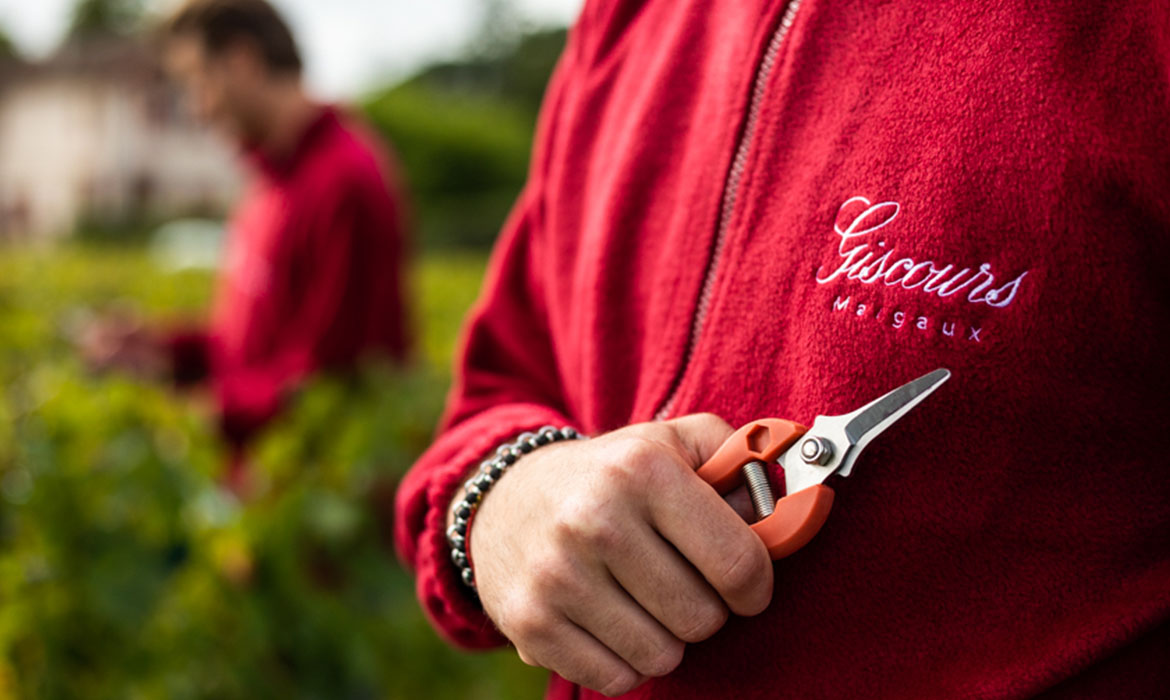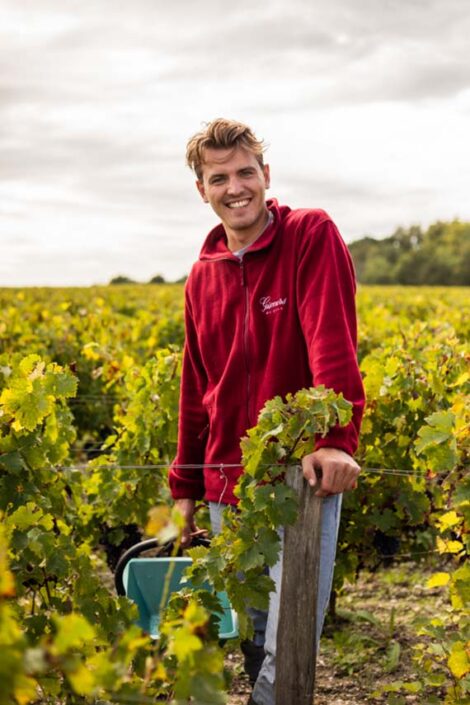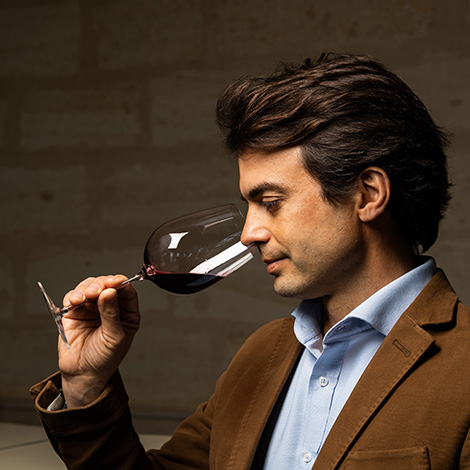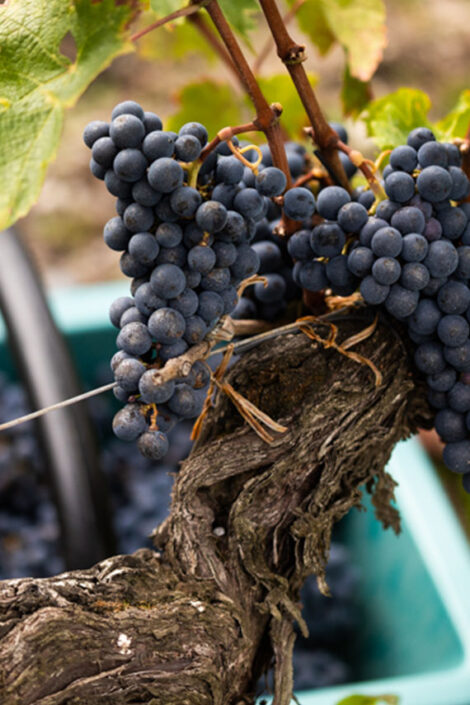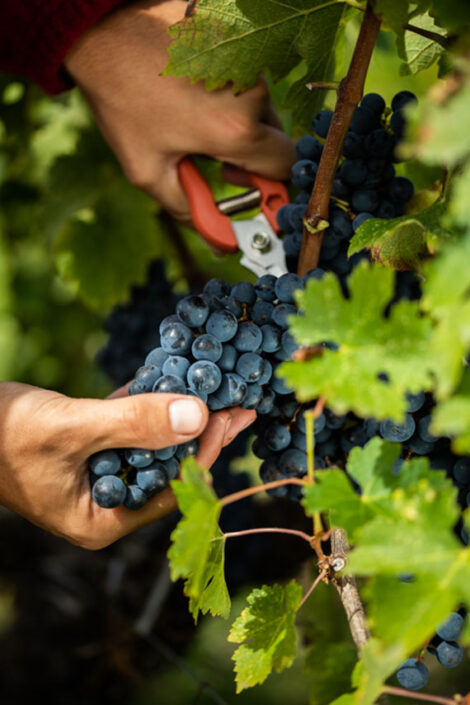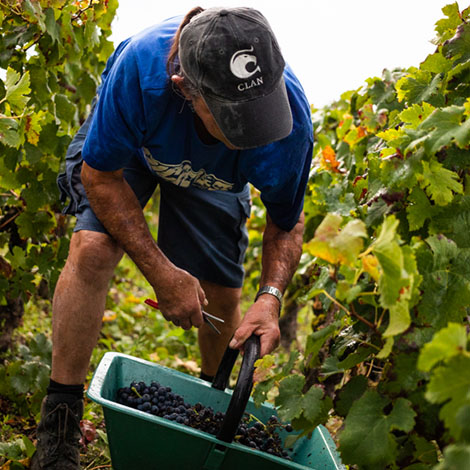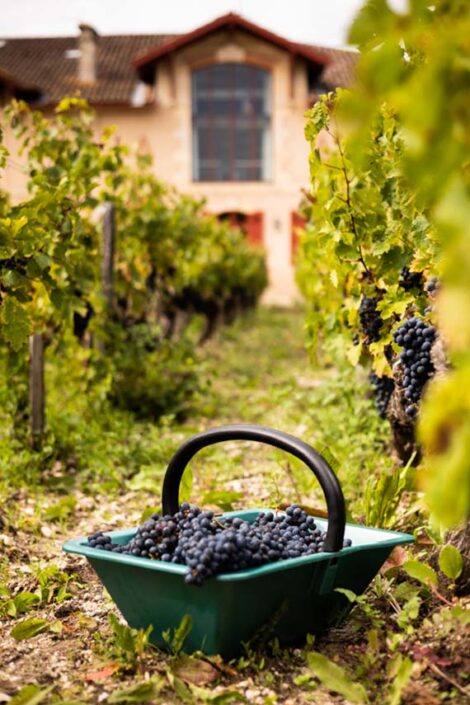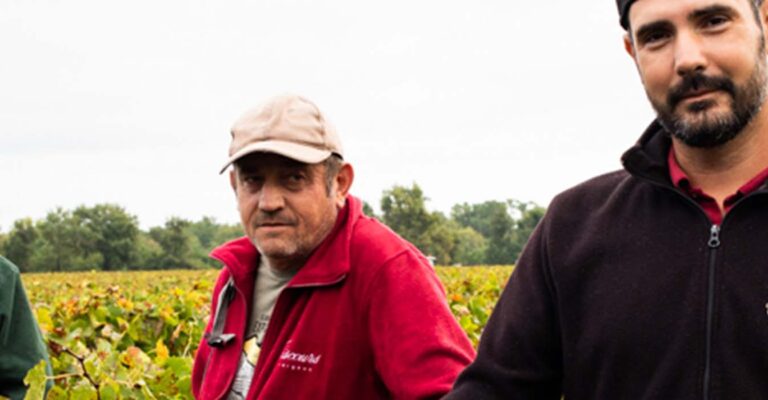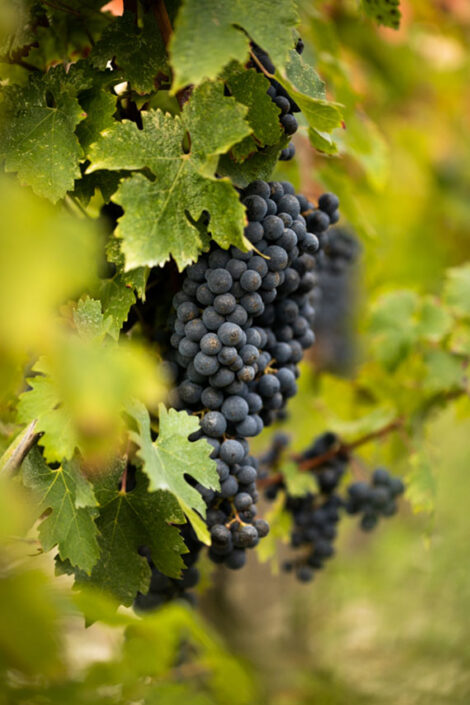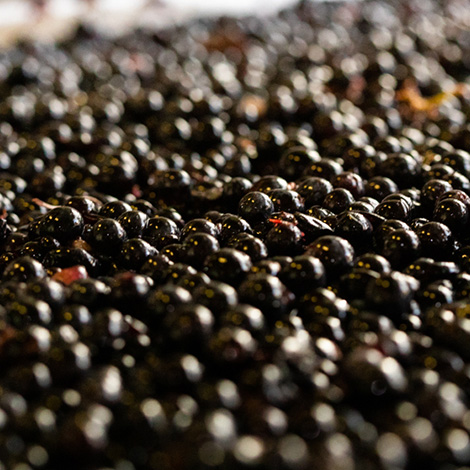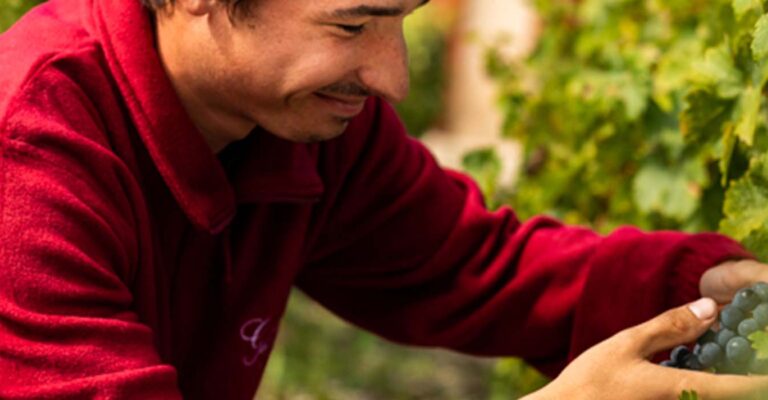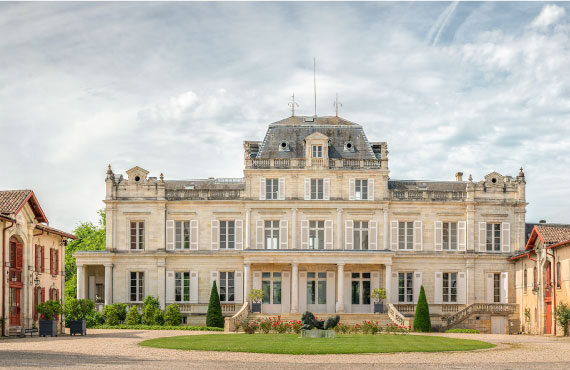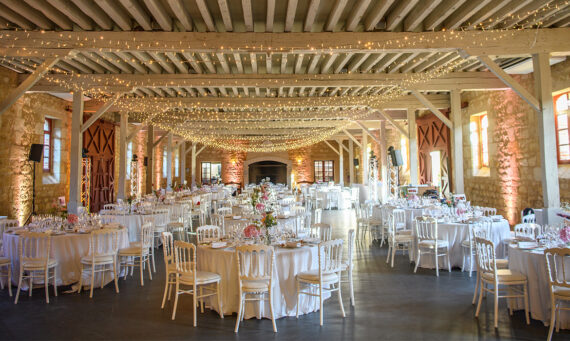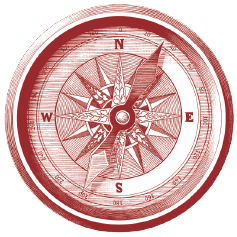What do the harvests represent at Giscours? What are their characteristics and challenges?
The harvest period is a very special time in the life of a wine estate. We are finally bringing in the fruit of a year’s work. For months, Giscours winemakers have had to help the vines adapt to climatic variations, right up until the moment that they are picked.
We have 160 hectares of vines at Giscours (100 in the Margaux appellation and 60 in Haut-Médoc). What makes our job so complex is the need to anticipate and adapt harvest times in a vineyard as huge as this.
However, this difficulty is also one of Giscours’s great strengths, because the huge diversity of terroirs and grape varieties means that every vintage has plots that stand out from the crowd. The challenge for our teams is to do everything they can to ensure that the fruit is harvested at perfect ripeness, at exactly the right moment; however, this ripeness can vary by vine age, grape variety, or the vine’s geographic location.
We aim to balance various different elements: analysing the grapes’ sugar and acidity levels, tasting grapes at the plots, and ultimately anticipating the current weather in order to tailor harvest dates.
We therefore undertake very precise harvests to ensure a high-quality vintage and beautifully radiant aromas.
